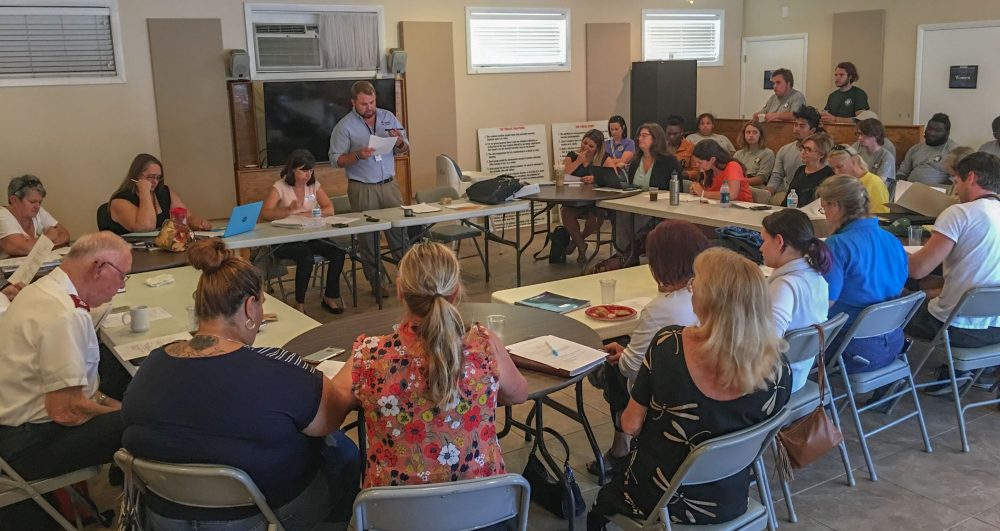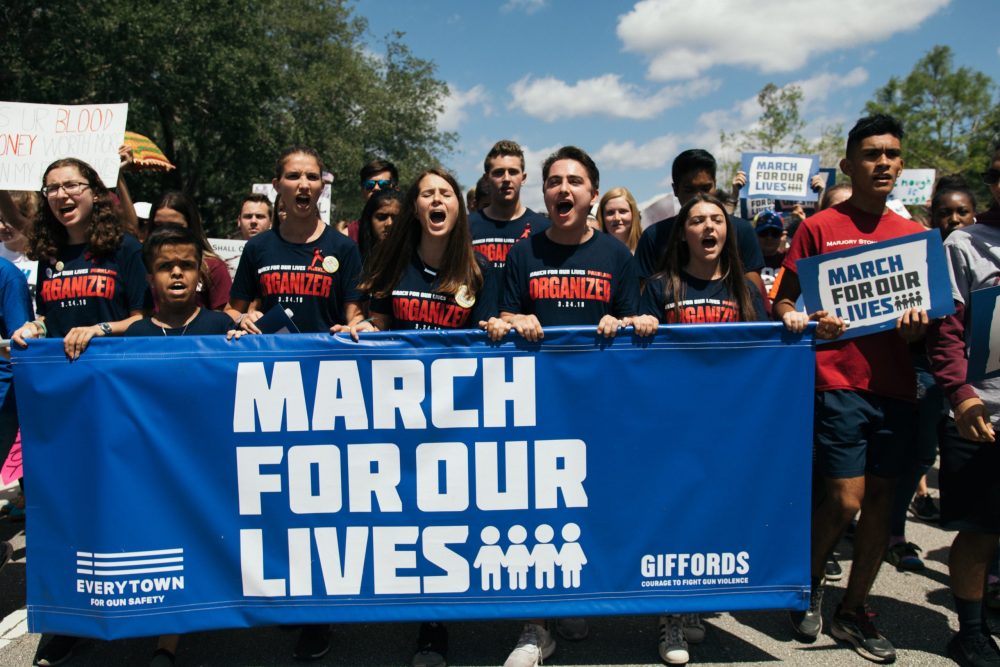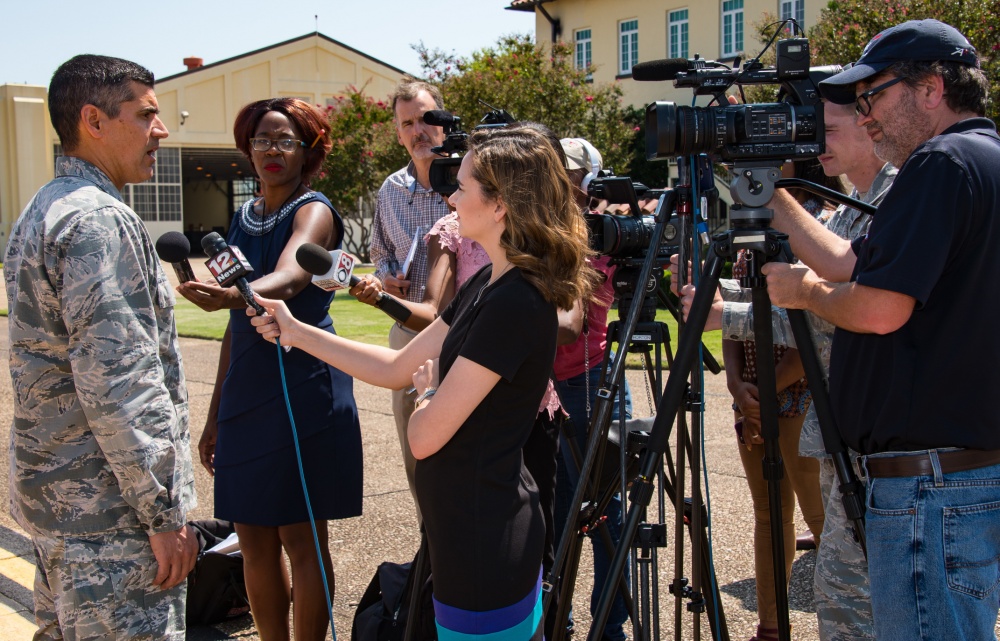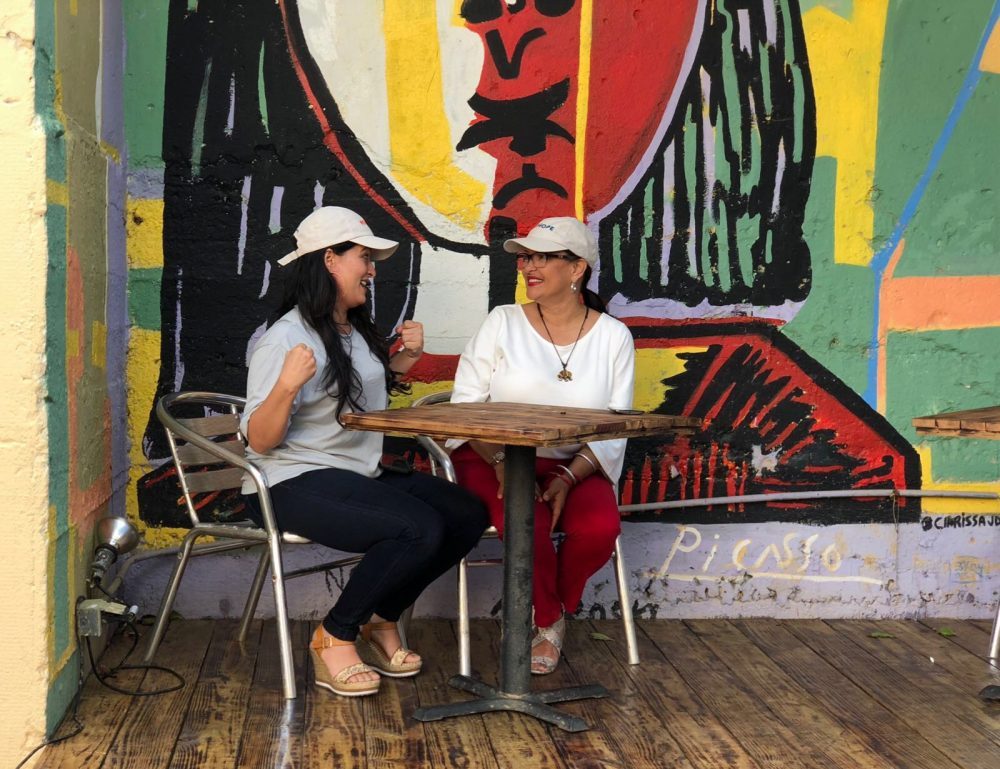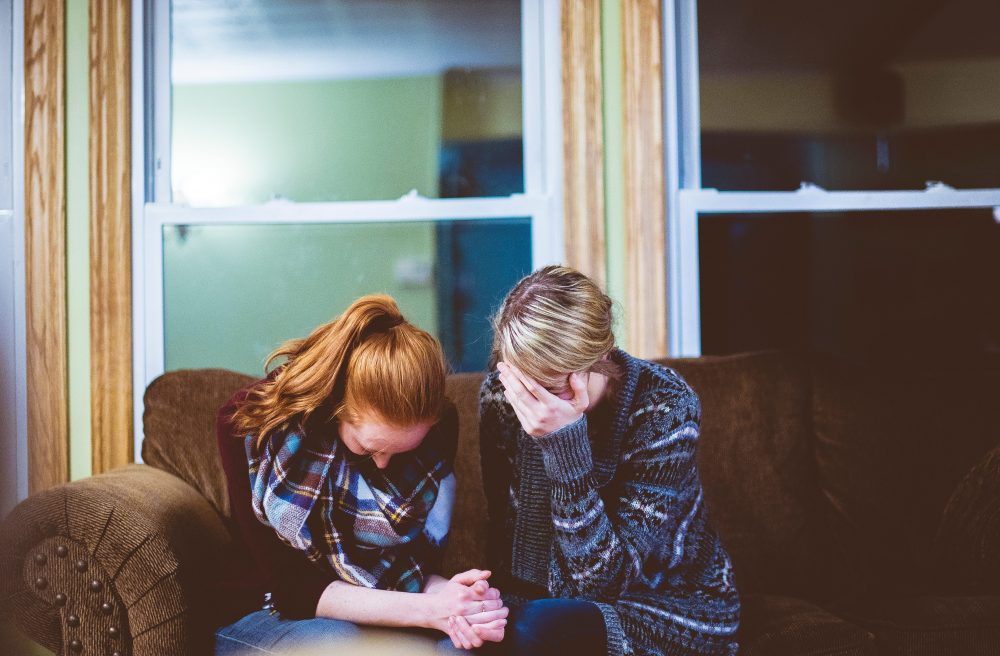Overview
Hurricanes, also called typhoons or cyclones, bring a triple threat: high winds, floods and possible tornadoes. But there’s another “triple” in play: they’re getting stronger, affecting larger stretches of coastline and more Americans are moving into hurricane-prone areas. Nearly every year since 1851, at least one hurricane has reached the United States.
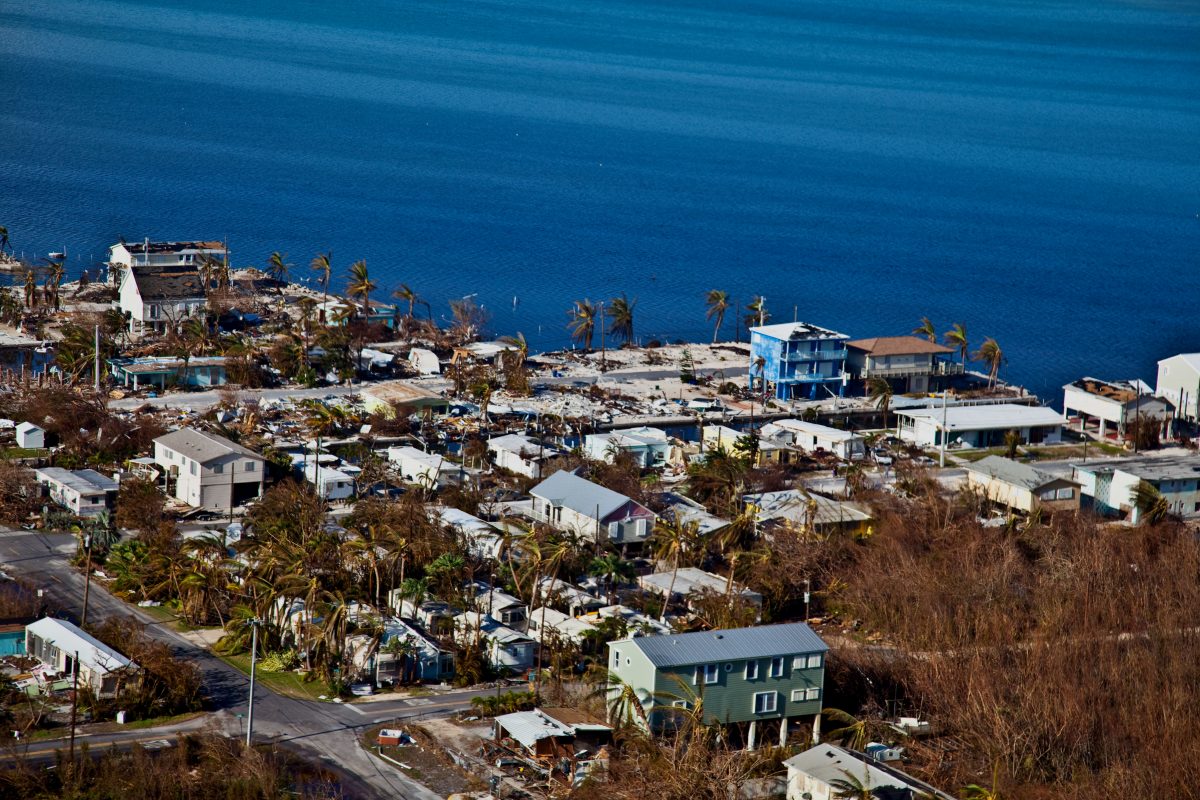
The storms begin in the tropical regions around the equator. In the Northwest Pacific, rotating, organized clouds and thunderstorms are called typhoons. In the South Pacific and Indian Ocean, the storms are referred to as tropical cyclones. Worldwide, approximately 40-50 storms will develop into hurricanes, typhoons or cyclones. As a storm moves across the ocean, it picks up warm, moist air from the surface and dispenses cooler air aloft. As the storm makes landfall, it loses momentum, no longer fueled by the warm ocean air. Winds of up to 185 miles per hour are just one damaging aspect. Drenching rains can cause heavy flooding inland. Wind-driven storm surge also can dangerously inundate low-lying areas.
Hurricane forecasting continues to improve in accuracy and in its ability to provide advance warning. However, it remains an inexact science because of the number of factors that can influence a hurricane’s direction and strength. Storms may increase in intensity rapidly, like Hurricane Michael in 2018 that went from a tropical depression to Category 4 storm over the course of four days. It was 2 mph short of becoming a Category 5 when it made landfall in Florida.
The National Oceanic and Atmospheric Administration’s (NOAA) ongoing Hurricane Forecast Improvement Program (HFIP) aims to forecast storms with longer lead times, greater certainty and increased public confidence.
Key Facts
- To be classified as a hurricane, typhoon or cyclone, a storm must reach wind speeds of at least 74 miles per hour (119 kilometers per hour). If a hurricane’s winds reach speeds of 111 miles per hour (179 kilometers per hour), it is upgraded to an “intense hurricane.” If a typhoon hits 150 miles per hour (241 kilometers per hour)— as Typhoon Haiyan did in 2013 — it is classified as a Super Typhoon. The Saffir-Simpson Hurricane Wind Scale rates hurricane strength based on maximum wind speed, however this rating system faces some controversy because it does not always capture the storm’s potential full impact that may be caused by rain and flooding.
- More people are living in harm’s way. Currently, more than 50 percent of the U.S. population lives within 50 miles of the coast and roughly 180 million people visit the coast each year.
- Storms are increasing in intensity because of climate change. Since the 1970s, hurricane intensity has increased 70-80 percent while the length of storms has increased 30 percent. Scientists correlate this to a warmer surface sea temperature. They predict that for every two degrees of sea change, wind speeds will increase by 10 percent.
- Hurricanes bring more rainfall, increasing flood risks. Because warmer air contains more moisture, as temperatures rise, scientists predict rainfall increases of 10-31 percent. In addition, changes in circulation patterns cause hurricanes to move slower, meaning more rainfall in a single location, as with Hurricane Harvey in 2017.
How To Help
- Provide disaster planning resources for vulnerable populations. Residents living in poverty in a coastal community often do not have the resources to evacuate or to prepare their homes for a hurricane. Programs that educate them on hurricane threats, help them develop evacuation plans and retrofit their homes to better withstand the winds and rain could lessen the impact of a storm on this population.
- Ensure that hurricane preparedness material is translated into multiple languages. Many island nations and Mexico are also prone to hurricanes. Sharing information and resources in native languages can help ensure more people are prepared.
- Support programs that provide psychosocial assistance. In the initial days after 2012’s Typhoon Bopha hit the Philippines, the United Nations reported that many adults were unable to assist in recovery efforts because they were in shock after the event. As a result, children were left unattended, crying and begging at the roadsides.
- Fund environmental efforts to protect and improve coral reefs and other barriers in coastal areas. The World Disaster Report 2012 reported that the Philippines could protect about a fifth of its population by improving protection of coral reefs. In Louisiana, the Coastal Master Plan has provisions to create or restore almost 34,000 acres of marsh that make up a land bridge buffer. Natural features such as marshes, wetlands, mangrove swamps and coral reefs are a primary line of defense against the coastal hazards of hurricanes, typhoons and cyclones.
- As the hurricane belt expands, help prepare those in more northern coastal regions. The hurricane threat zone is expanding due to climate change, which puts many more into its path. While those in southern coastal areas are familiar with hurricane preparedness, individuals and municipalities farther north are not as accustomed to the storms and require access to preparedness resources.
What Funders Are Doing
- The Center for Disaster Philanthropy has activated several hurricane-related funds including the 2017 and 2018 Atlantic Hurricane Season Recovery funds, the Hurricane Irma Recovery Fund, the Hurricane Harvey Recovery Fund, the Typhoon Haiyan Recovery Fund and the Hurricane Sandy Recovery Fund. The following are examples of the related grantmaking; more information is available on each fund page:
– Make the Road New York invested its $50,000 grant in expanding work with Hispanic populations in Staten Island. The funding helped them identify urgent needs and connected families for immediate help, provided legal services, helped train community members and placed them in jobs. It also enabled them to make sure the voices and interests of the community were heard as important decisions were made about the recovery effort across the affected area.
– New Jersey Future used its $25,000 grant to build Sandy-affected towns’ capacity to manage recovery issues while taking the longer-term view through planning to become more sustainable and resilient in the face of climate change. Specifically, it created a network of local recovery planning managers for three significantly impacted municipalities who focused on medium- and long-term community needs.
– Mercy in Action rebuilt a birthing center in Tanauan that was devastated by the typhoon. This clinic now provides prenatal care to about 1,500 women and supports 250-300 births at the clinic annually. Based on previous history, the clinic’s mortality rates are eight times lower than the national average.
– The Texas Tribune received $50,000 for “Public Service Journalism Covering Hurricane Harvey.” The grant will help the Tribune continue to provide coverage on Hurricane Harvey that is not already being provided by other news outlets – going deeper on policy and infrastructure issues; tracking response in Washington; and watching the long-term effects on the economy and the demographics of the region.
– The Heart of Florida United Way received $250,000 to support the rapid rehousing needs of evacuees from the Caribbean in central Florida. This grant recommendation is the outcome of a New Floridians Action Plan, led by the Florida Housing Coalition. Rapid rehousing was the first action item in the plan.
– Miami Beach Community Development Corporation was awarded $75,000, to secure long-term assistance meet the needs of older adults, formerly homeless and HIV/AIDS positive groups. This grant seeks to save about 400 affordable housing units in the Miami Beach area.
– PathStone Enterprise Center, Inc. received an award totaling $140,000 to provide direct sub-grants to at least 13 small businesses and provide technical assistance to at least 30 small businesses to support resiliency and general business administration.
- Houston Endowment Inc. awarded $1.85 million to Rice University to study the best way to protect the Houston region from catastrophic hurricane flooding.
- The New Jersey Recovery Fund gave $250,000 to the American Littoral Society to develop and advocate for policies to increase coastal resilience, restore and protect coastal waters and reduce recurring destruction.
- The Rockefeller Foundation gave $210,000 to the Nature Conservancy to engage with New York City to use natural infrastructure to build resilience in areas affected by Hurricane Sandy.
Learn More
- The National Hurricane Center (NHC)
- NHC: Cone of Uncertainty
- Hazards and Impacts of Hurricanes
- FEMA Hurricanes Fact Sheet
- Ready.Gov: Hurricanes
- Global Tropical Cyclone and Disturbance Information
- Worldwide Tropical Cyclone Centers
- About Tropical Cyclones
We welcome republication of our content. Please credit the Center for Disaster Philanthropy.
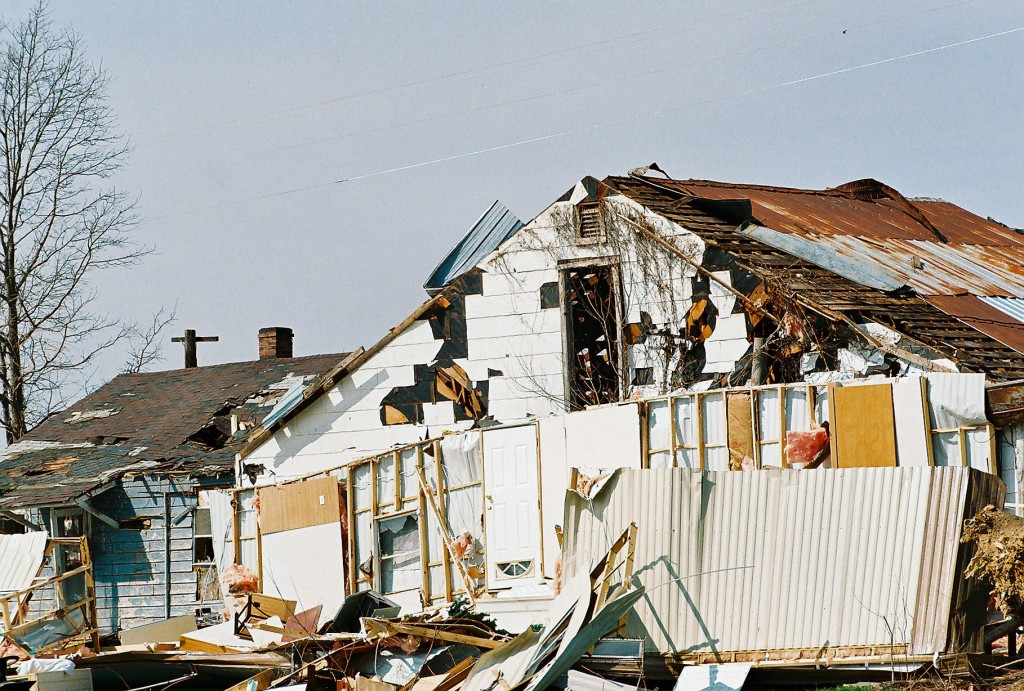 Most private insurers do not insure against the peril of floods due to the prevalence of adverse selection, meaning that the likely purchaser of flood insurance will be by people at the highest risk for floods—such as those living on or close to bodies of water. In traditional insurance, the model works because of economics: by charging a relatively low fee to large numbers of people, insurers can then pay a loss to those who file a claim.
Most private insurers do not insure against the peril of floods due to the prevalence of adverse selection, meaning that the likely purchaser of flood insurance will be by people at the highest risk for floods—such as those living on or close to bodies of water. In traditional insurance, the model works because of economics: by charging a relatively low fee to large numbers of people, insurers can then pay a loss to those who file a claim. According to its
According to its 
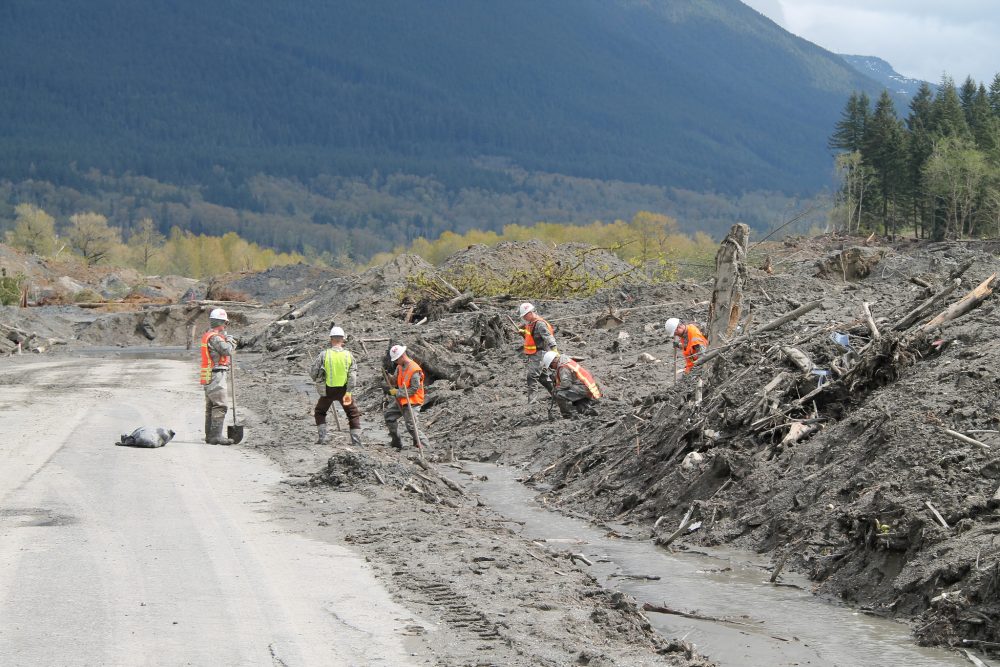
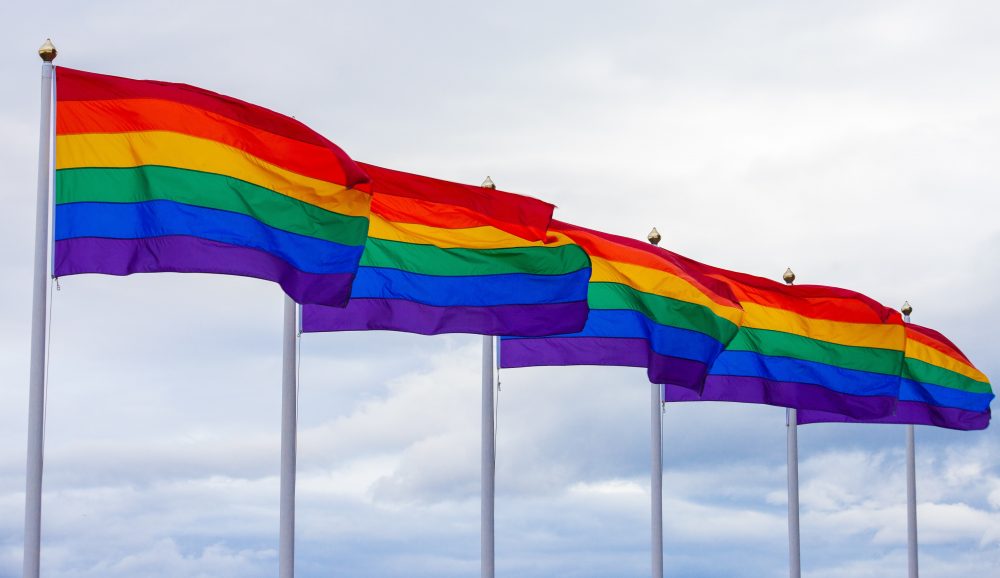 First though, some grounding definitions. While lesbian, gay, bisexual and queer refers to the sexual orientation of individuals, transgender is connected to gender identity and expression. Specifically, transgender refers to individuals whose gender identity does not match the sex they were assigned at birth, while cisgender means a person’s gender identity matches the sex that they were assigned at birth. The plus is often used with the acronym LGBTQ to refer to the variety of other identities that fall under the LGBTQ umbrella.
First though, some grounding definitions. While lesbian, gay, bisexual and queer refers to the sexual orientation of individuals, transgender is connected to gender identity and expression. Specifically, transgender refers to individuals whose gender identity does not match the sex they were assigned at birth, while cisgender means a person’s gender identity matches the sex that they were assigned at birth. The plus is often used with the acronym LGBTQ to refer to the variety of other identities that fall under the LGBTQ umbrella.